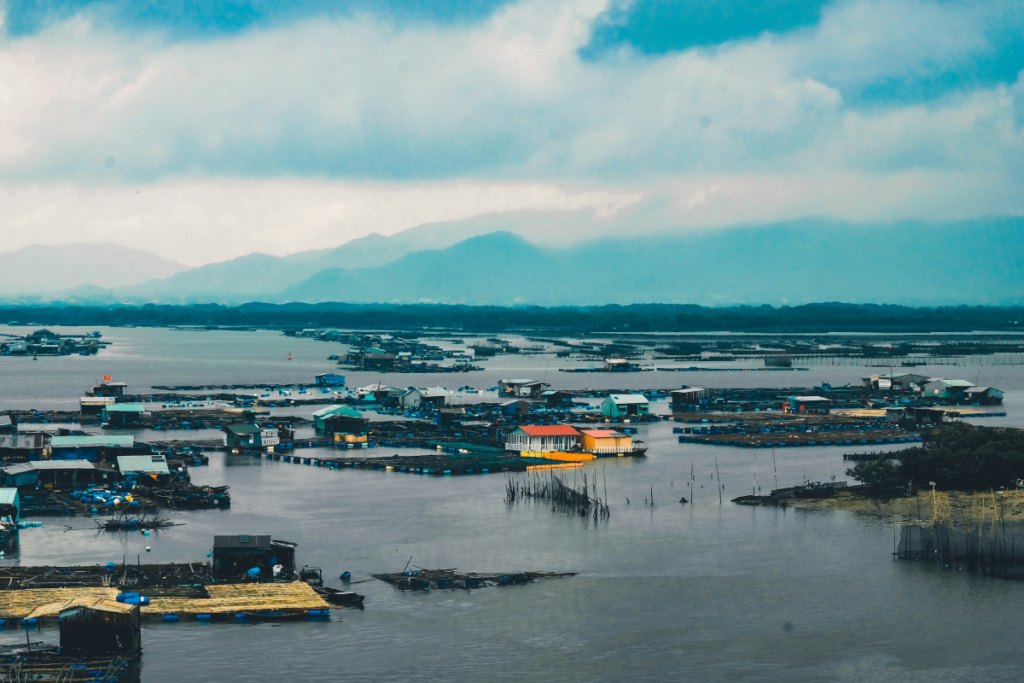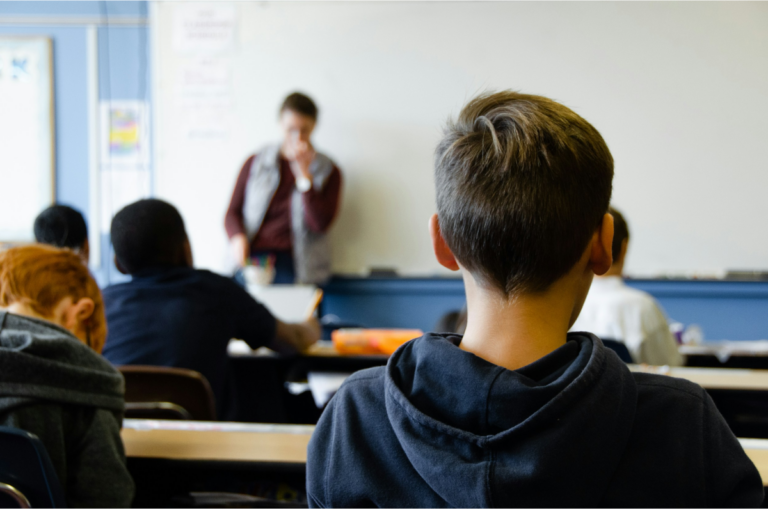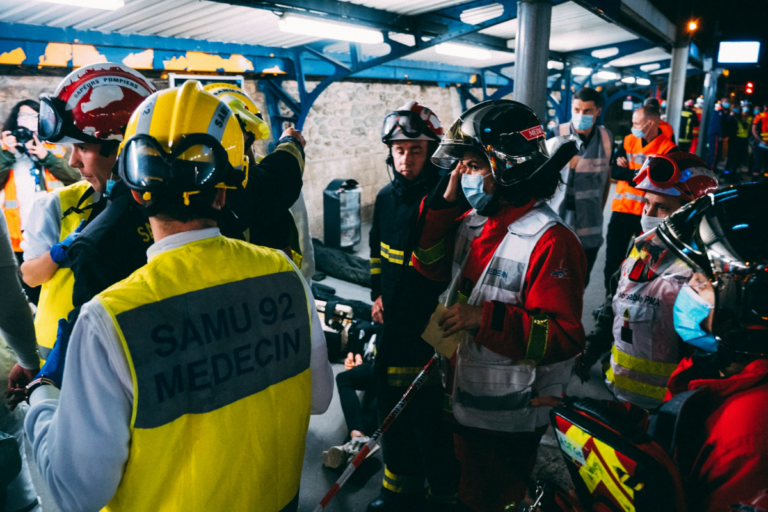
The recent flooding and devastation in Eastern Spain is a stark reminder of the escalating impact of climate change. Parts of Spain experienced their usual yearly rainfall in less than a day, turning streets into rivers and homes into flood zones. The current state of global disasters expose a troubling trend as occurrences rise in frequency, intensity and complexity, reiterating a pattern that we are seeing worldwide. From surging hurricanes and catastrophic floods to widespread epidemics, communities around the globe are facing unprecedented challenges. Already, natural disasters occur four times as often as they did in 1970 and it appears that this outlook is set to worsen.
This comes at a time where people and communities are caught in the crossfire of global conflict, often faced with immediate threats to their safety and long-term challenges that can affect the generations to follow. A shocking statistic from the United Nations unveils that, over the past 15 years, more than half of the world’s population has lived in direct contact or proximity to significant political violence.
Whilst the outlook may seem bleak, AI presents a very real opportunity to help minimise the impact of these disasters. At Tech to the Rescue, we aim to revolutionise the way the world both prepares for and responds to disasters by bridging the gap between technology and humanitarian efforts. By connecting tech teams with ambitious social impact organisations, we aim to deploy ethical AI solutions that tackle urgent global challenges. When I look at the nonprofits in our AI for Changemakers Disaster Management and Climate Cohorts, I am reminded of why supporting these efforts is urgent. Whether it’s by advancing climate research or helping communities prepare for the next disaster, these nonprofits are our frontline against a future that’s becoming increasingly unpredictable.
Unleashing AI’s predictive potential
Predictive technology and early warning signs are becoming crucial in minimising the human, economic, and environmental costs associated with the impact of natural disasters. Almost like a crystal ball, AI developments in recent years have offered the opportunity to foresee crises, allowing countries and communities to reinforce structures, evacuate citizens and collect necessary supplies ahead of a disaster.
Words have never rung more true than those from American scientist Benjamin Franklin who said, “By failing to prepare, you are preparing to fail.” This is the essence of crisis preparedness. With this in mind, it may come as a surprise that despite the United Nations Early Warnings for All Initiative calling for every person on Earth to be protected by early-warning systems by the end of 2027, as of 2023, only 52% of nations had access to such measures.
AI significantly enhances post-disaster response by providing advanced data analysis and decision-making support.
Our work amplifies the need to remain proactive during crises, with AI’s predictive power at the forefront. The non-profits that we match with tech companies of different sizes have the ability to use AI tools pro-bono to analyse large datasets and predict natural disasters, enabling quicker and more effective responses.
Over the past decade, Somalia has been engulfed by severe flooding from the Shabelle and Juba rivers, displacing nearly 700,000 people from the region. Shaqodoon, one of the selected non-profit organisations participating in our AI for Changemakers Accelerator Program (AI4C), plays a vital role in monitoring flood risks and informing local farmers to help them prepare and respond effectively. Using the Saadaal early warning platform, the organisation is able to process large sets of historical data to analyse and predict potential disasters. In tandem with this, a platform called iMaqal voice broadcasts an alert to the mobile numbers of people living in the affected areas. Technologies such as these truly highlight the remarkable predictive power of AI, continuously self-improving to enhance accuracy.
AI in the face of post-disaster realities
Not all crises can be pre-empted, particularly in the case of human actions. In these cases, post-disaster decisions are vital to lay the groundwork for long-term recovery. After all, how quickly we respond in an emergency can determine the difference between life and death. AI significantly enhances post-disaster response by providing advanced data analysis and decision-making support. In some cases, AI-driven predictive analytics can even forecast potential secondary disasters. A great example of this is the Humanitarian Open Street Map (HOT), which uses AI to automate mapping tasks, with a focus on involving local communities in model training for accuracy. Collaborative mapping and geospatial data collection allow for identifying populations at risk of climate-related hazards enabling actions to mitigate the impacts of disasters. Through the matching process, Tech To The Rescue enables collaboration between local civil society organisations and tech companies providing them with pro-bono tools and resources needed to respond more effectively to the immediate challenges in times of crises.
Our commitment to support nonprofits in meaningful causes prompted us to release the Tech for Crisis Response Catalog, a free resource showcasing tech solutions for organisations in Ukraine, Türkiye, and Syria.
When the invasion of Ukraine broke out in 2022, we pivoted to focus all our resources on the needs of Ukrainian refugees. We launched the #TechForUkraine campaign to provide technical assistance to NGOs working on the front line and facilitate the provision of digital tools to improve logistics, communications, and resource distribution. We matched 24 NGOs with tech companies to develop digital solutions needed to help overcome the increasing humanitarian crisis – including dopomoha.pl who generated the only map in Ukraine which informed citizens about humanitarian and medical aid available in the region.
Still today, there is undoubtedly significant scepticism surrounding AI. To me, this emphasises the importance ofresponsible and practical AI solutions. Watching how AI can be implemented to make meaningful change has reinforced the incredible positive impacts it can have when used for good. A great example of this is Mercy Corps. Mercy Corps is another participant of the AI4C program who explore the ways AI can analyse data from various sources, including satellite imagery and social media, connecting people in conflict crises across the globe to clean water, nutritious food, and better economic opportunities through resource allocation. In these cases, AI provides the building blocks for effectively delivering critical assistance and resources to disaster-stricken areas, helping to rebuild lives and restore hope.
Looking ahead: AI for societal good
Technology can be a lifeline in a crisis. By harnessing large data sets, deploying predictive analytics, and through innovative tools such as AI and drones, we can not only respond faster and more efficiently when disaster strikes but also predict and prevent future crises. With the increasing prevalence of global catastrophes more apparent than ever, digital progression and continuous innovations present a crucial opportunity for AI to maximise its impact.
Greater investment in AI capabilities, increased collaboration with leaders, and a continued rise in adopting pro bono initiatives encourage a future where advanced technologies enable us to break down barriers of distance and transform how we prepare, respond, and recover in the face of these situations. We are now at a pivotal moment where expertise and resources can drive real-world impact.
As we move forward, let us remember that the future is bright for technology in the nonprofit sector. With continuous support and collaboration, we can bridge the gap between innovation and social good, ensuring that technology is a force for positive change.

Jacek Siadkowski
Jacek Siadkowski, CEO of Tech To The Rescue. A Social Entrepreneur, Jackek applies new technologies and innovative business models to transform, enhance efficiency, and improve the social impact of valuable initiatives to affect reality positively.



